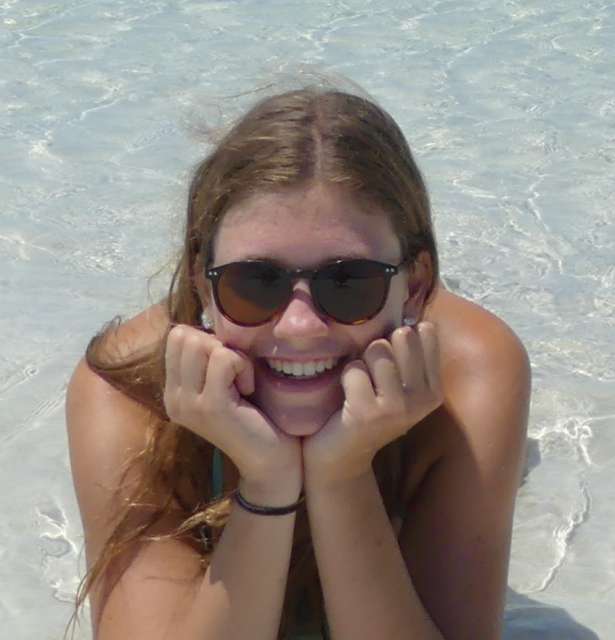First day in the fascinating volcanic area
Byatangajwe: 01.02.2017
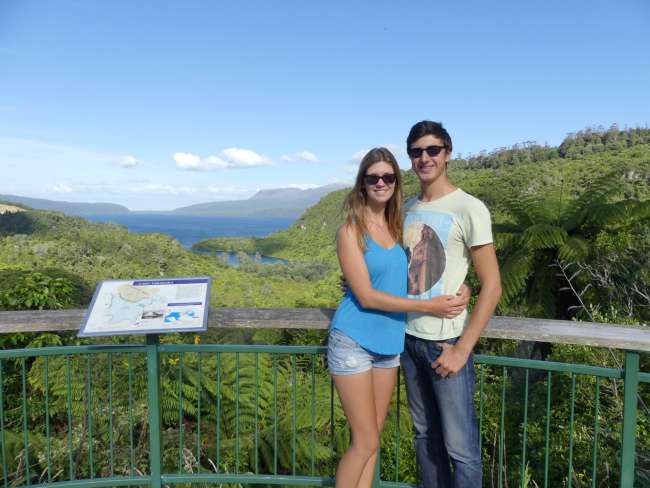
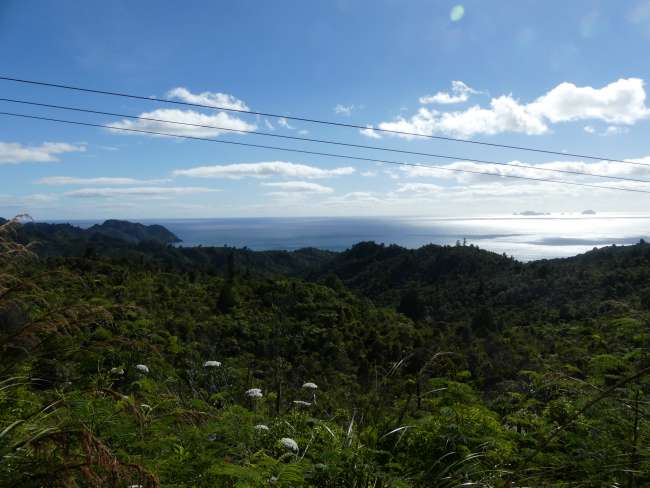
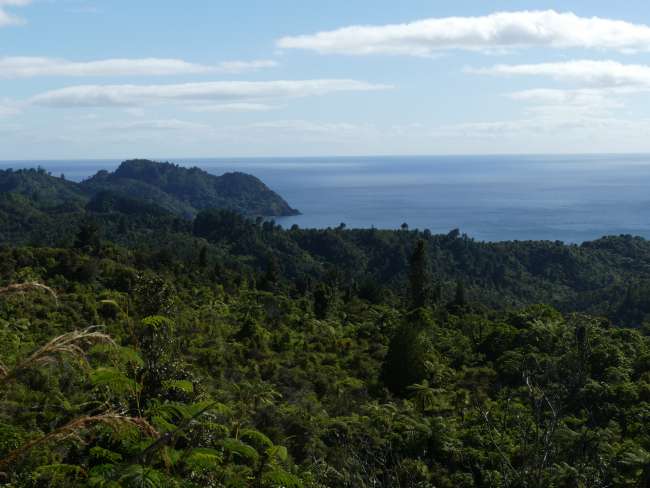
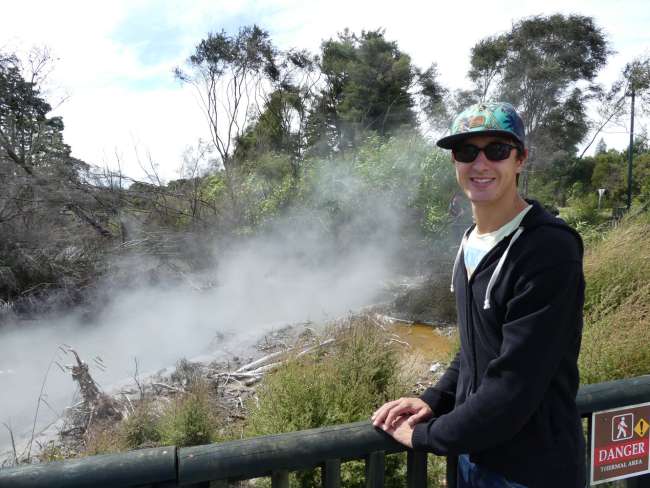
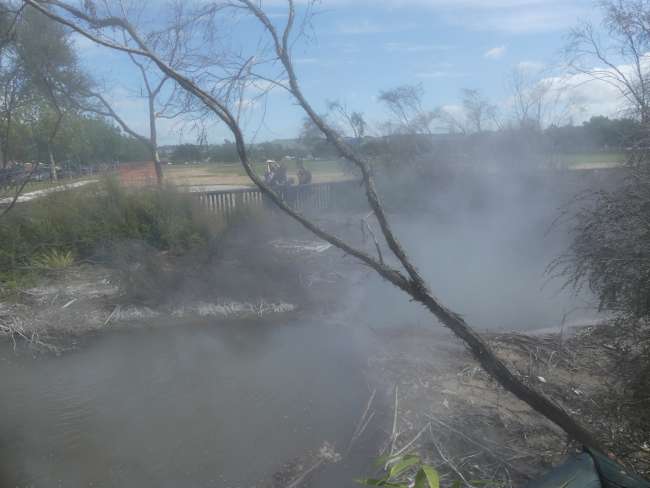
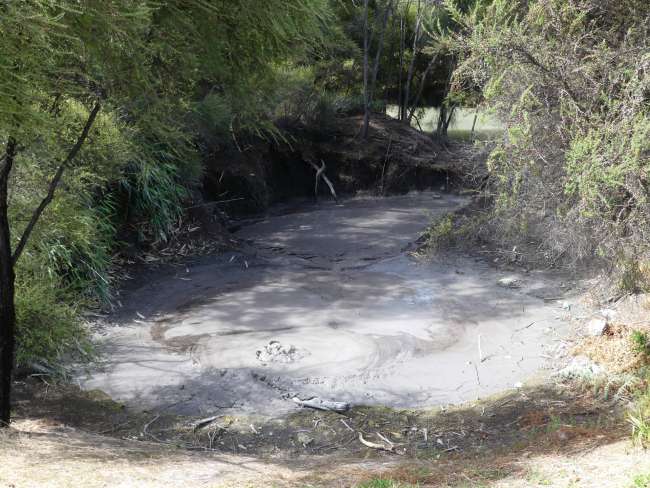
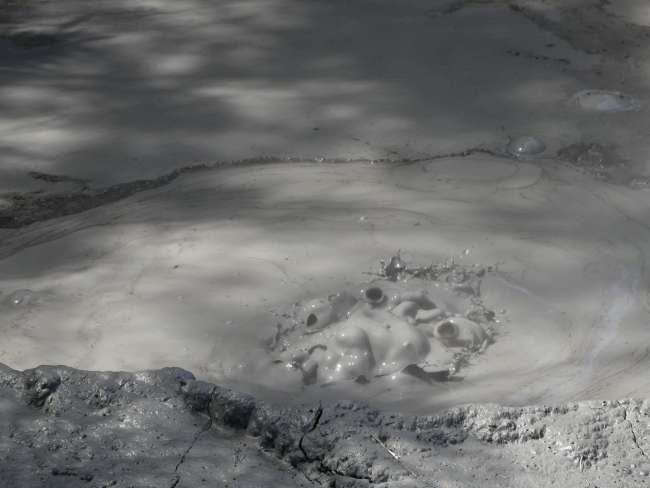
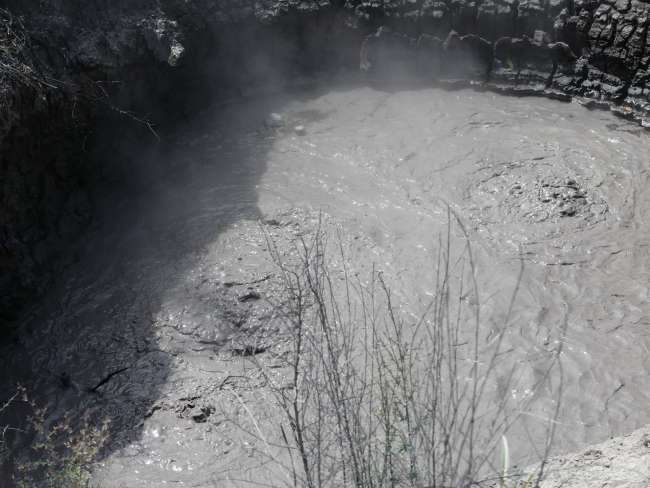
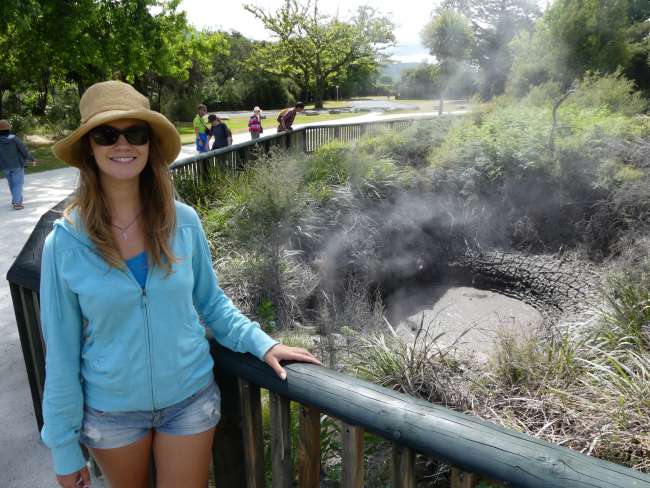
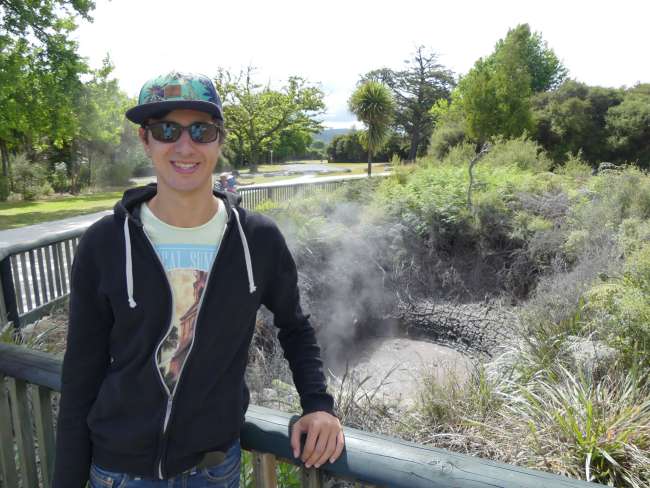
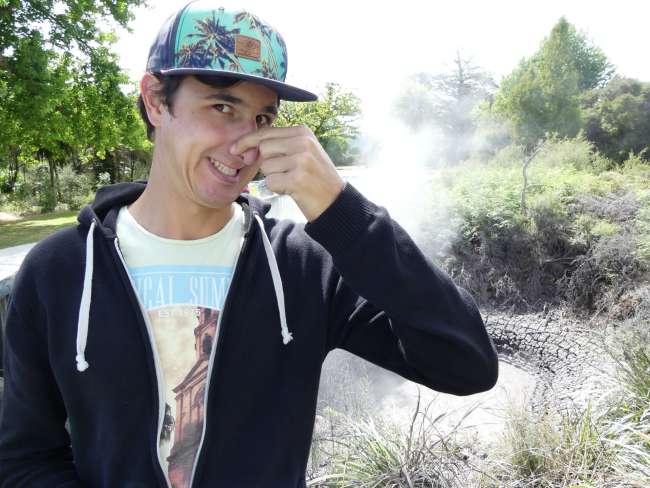
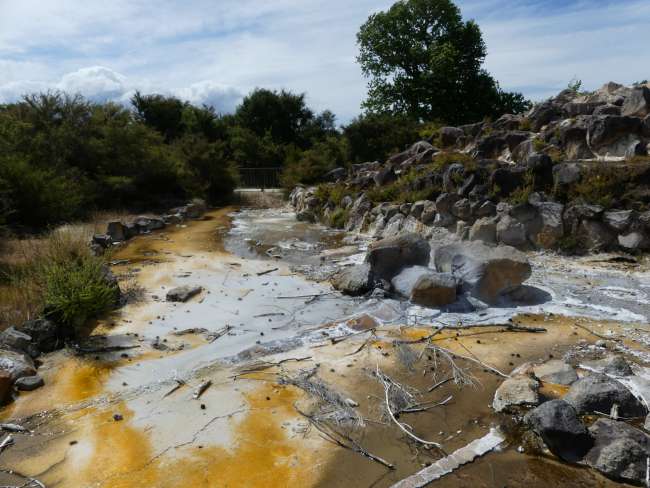
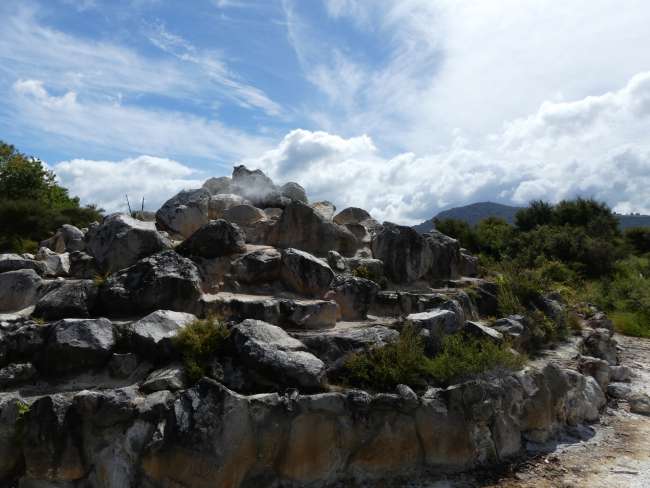
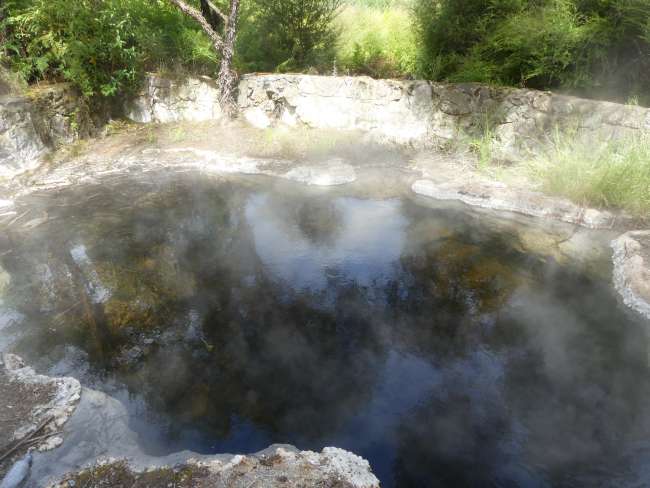
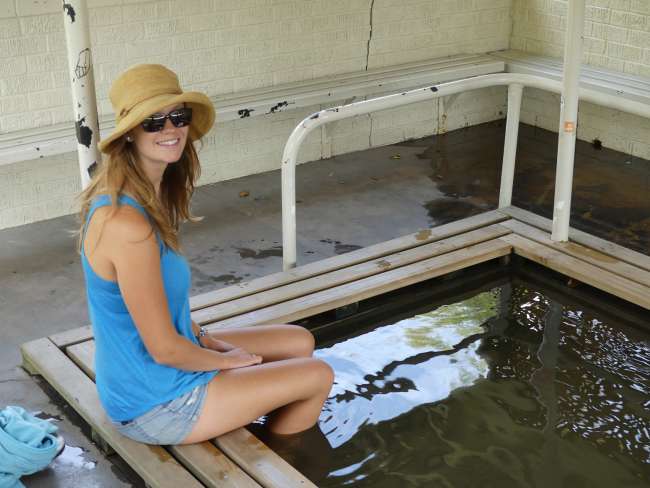
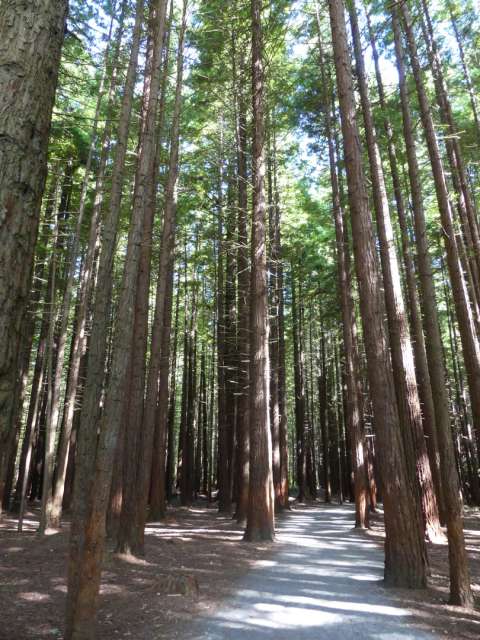
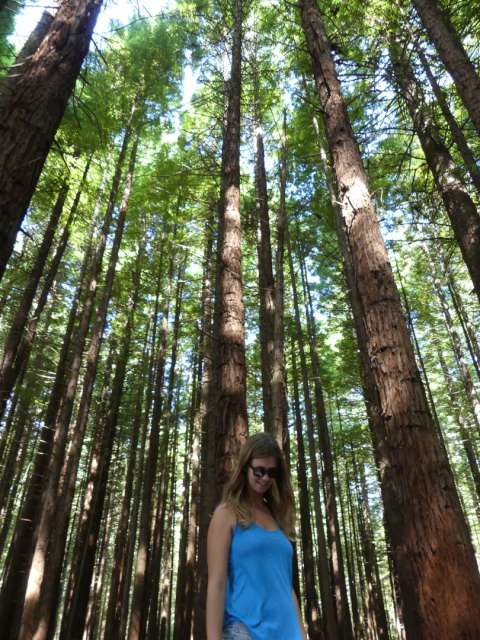
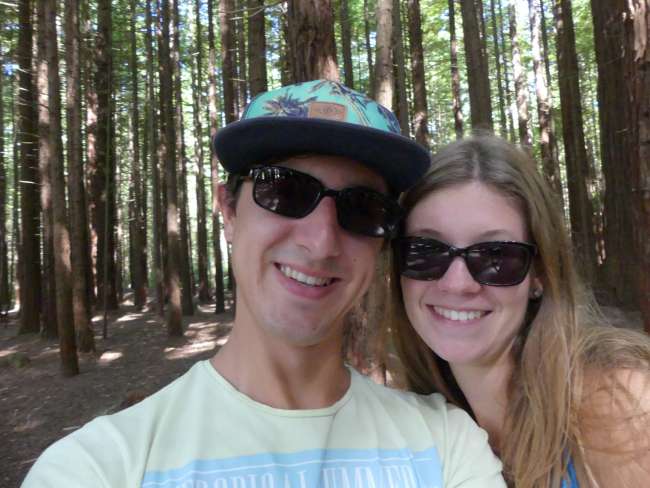
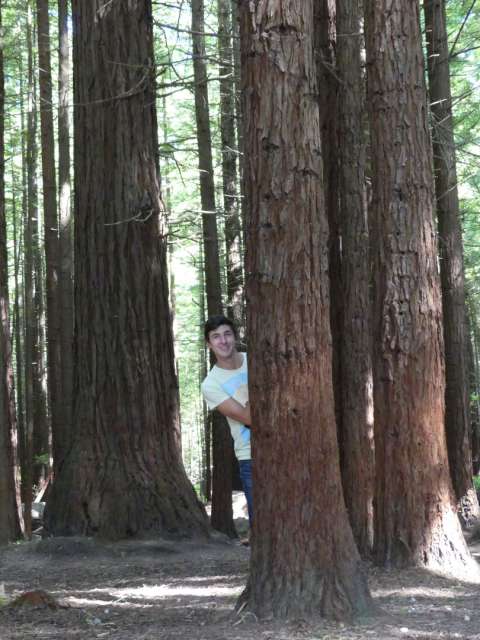
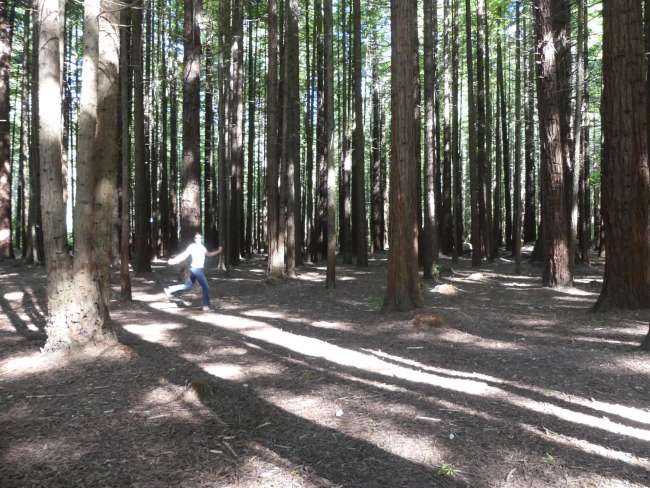
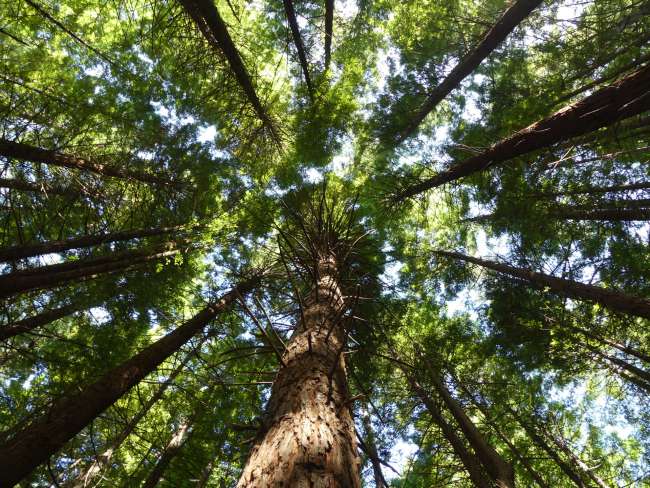
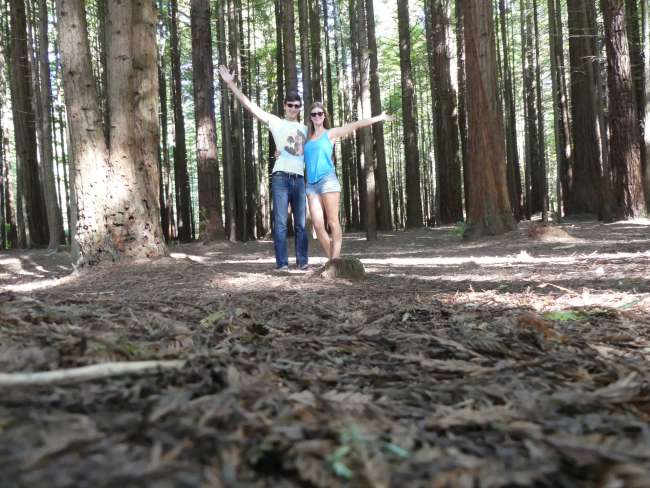
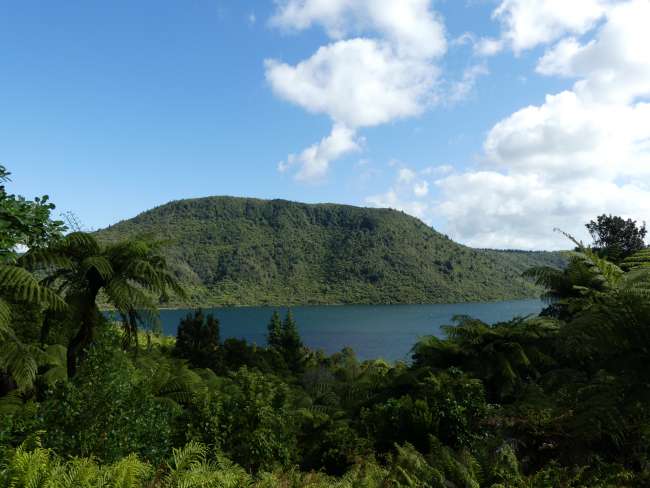
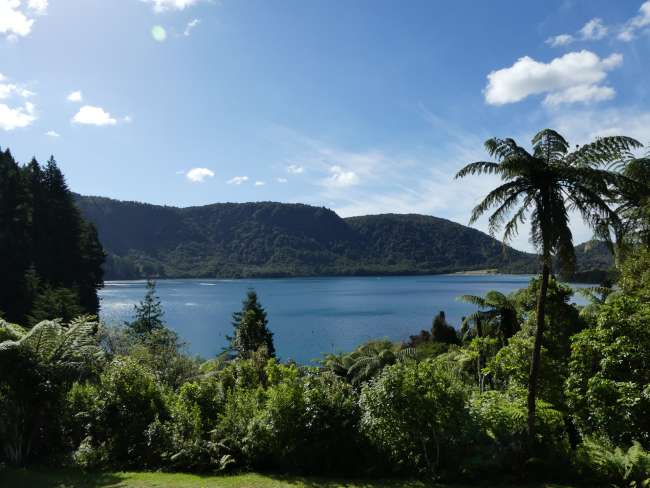


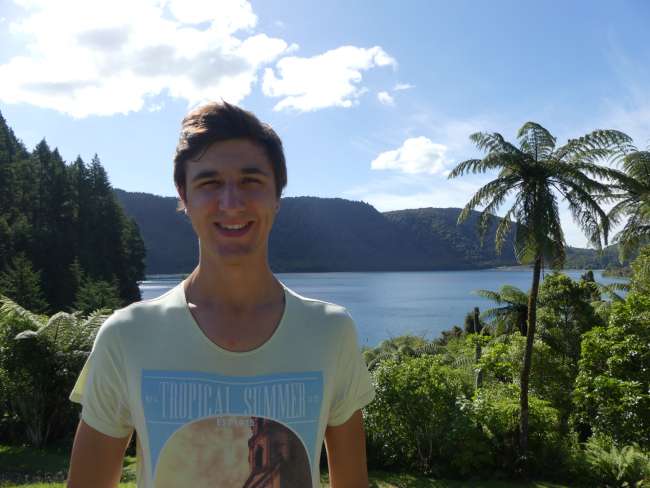
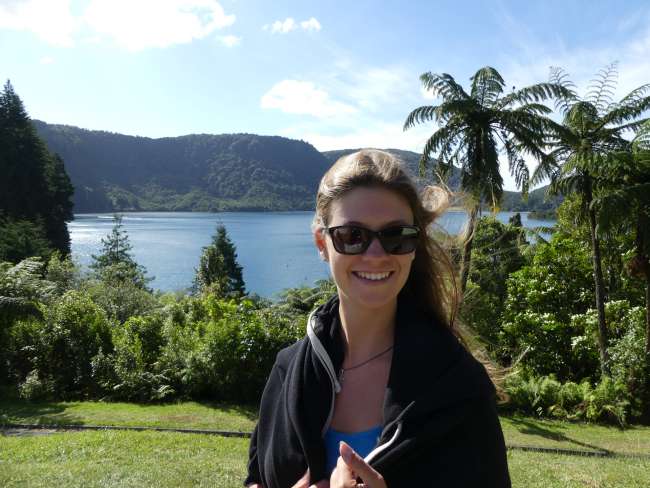
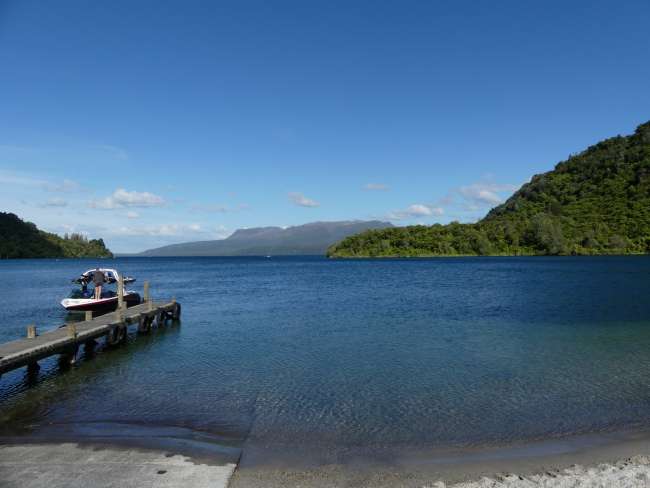
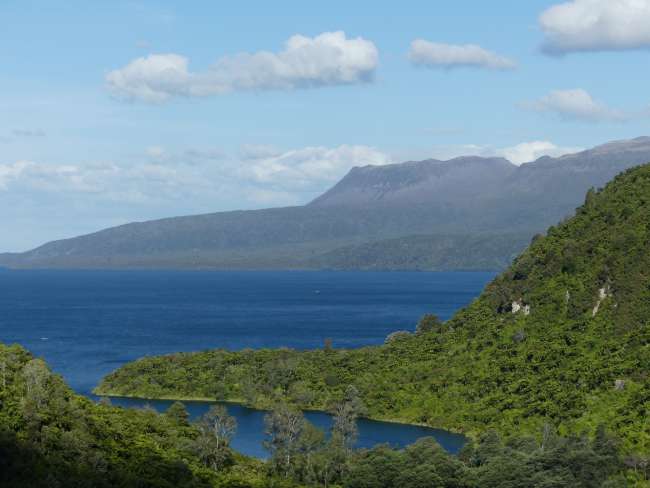
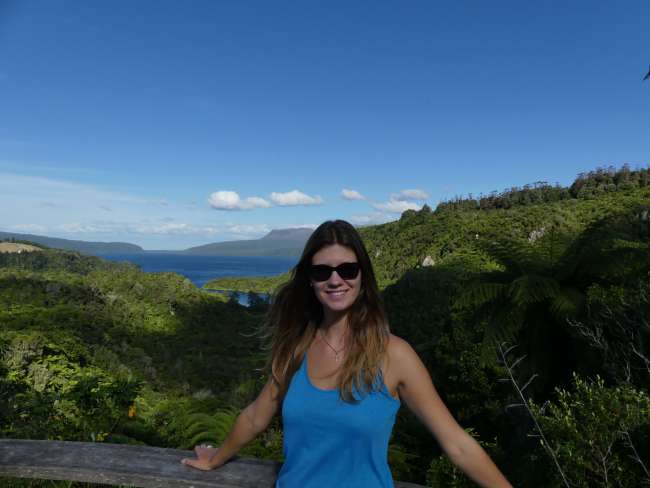
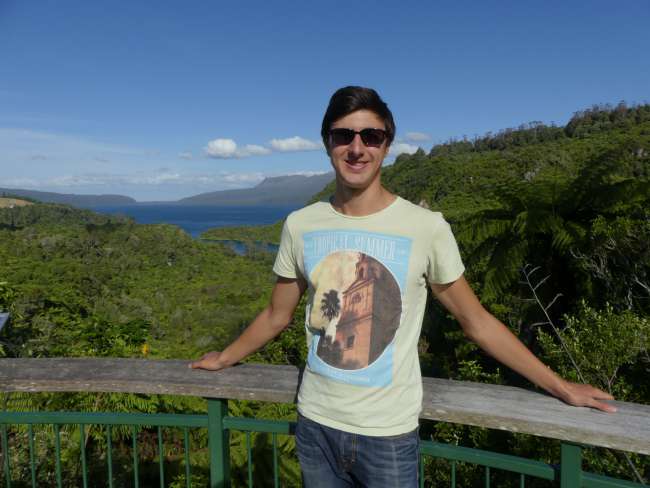
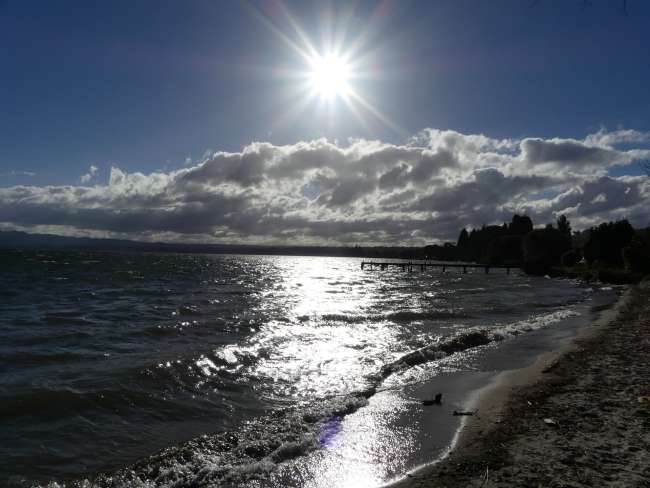
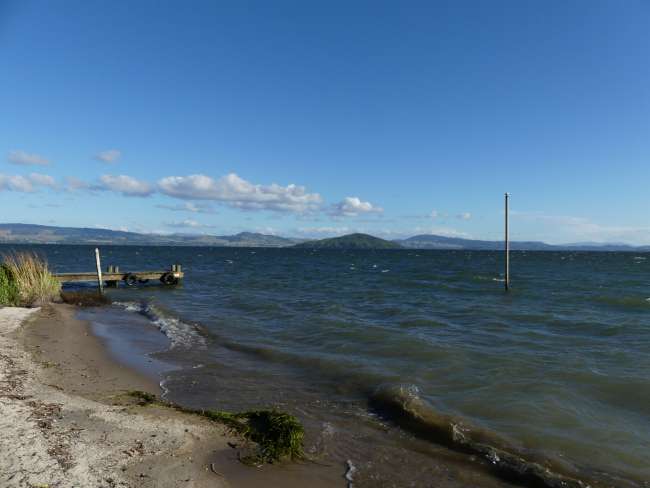
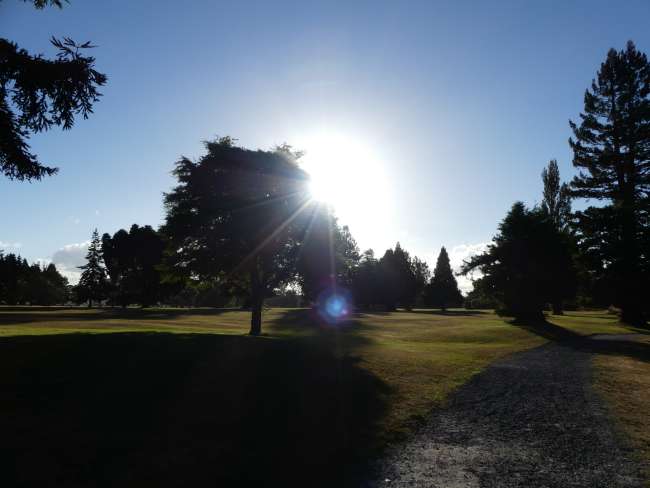
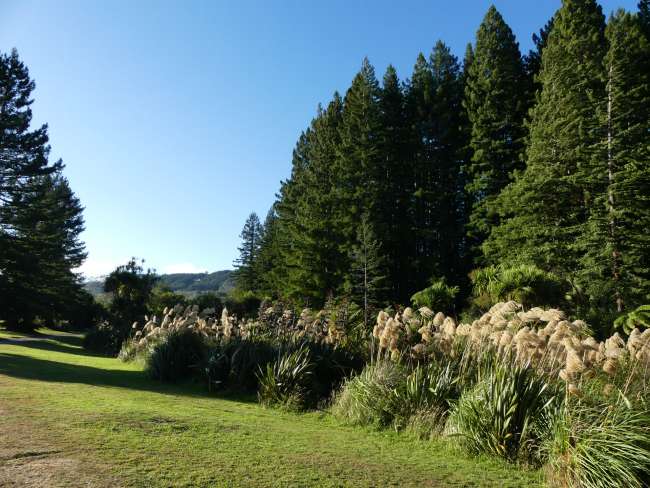
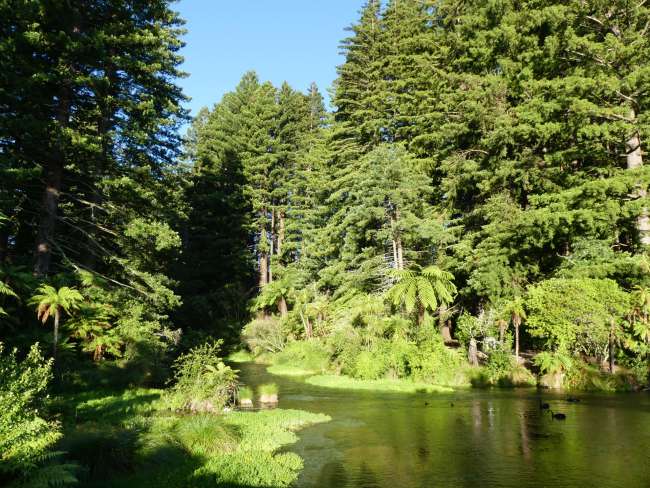
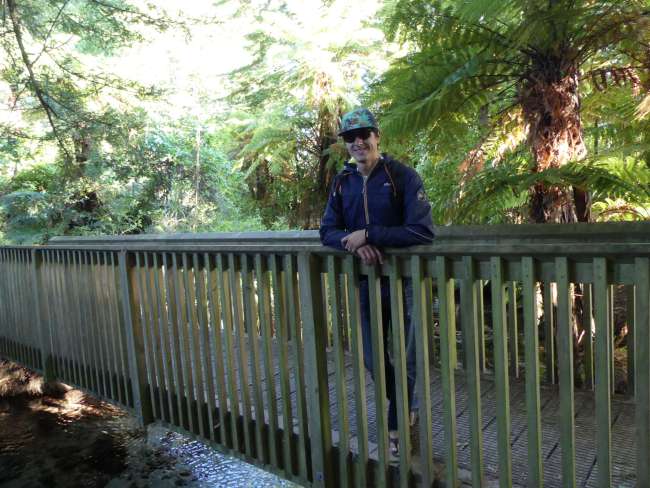
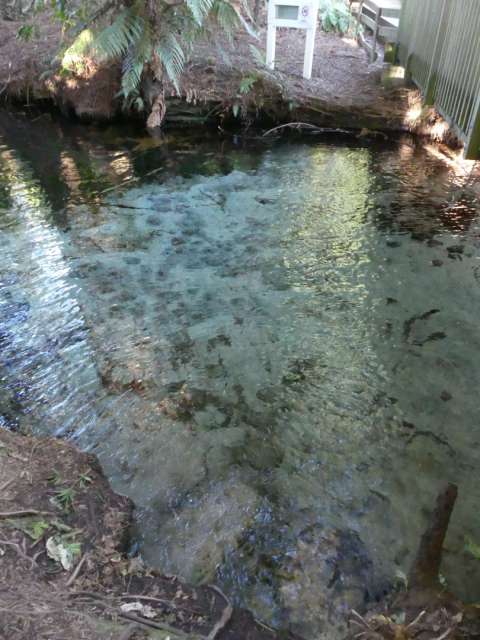
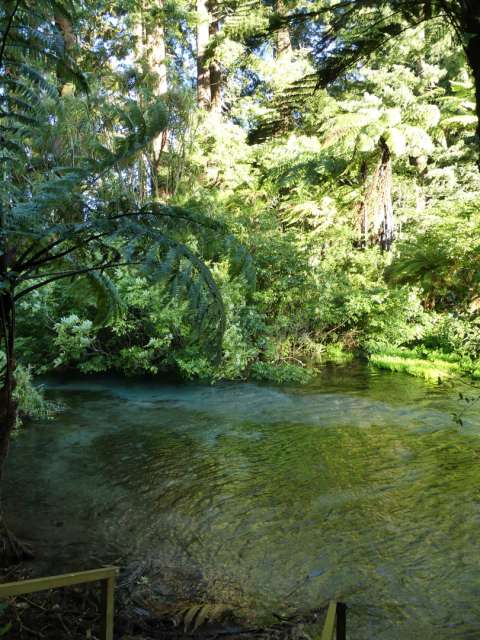
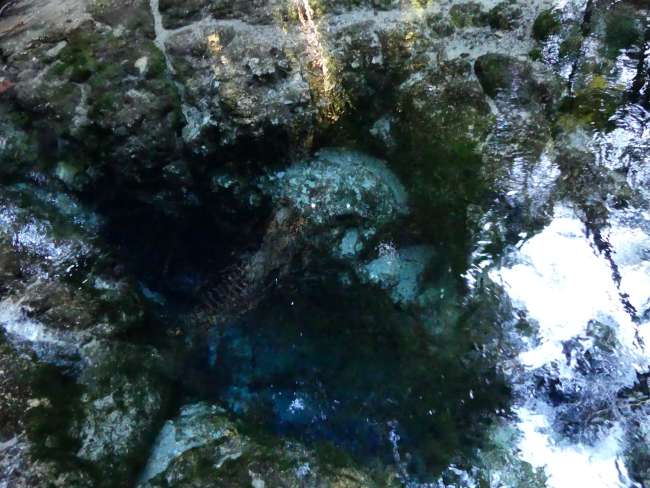
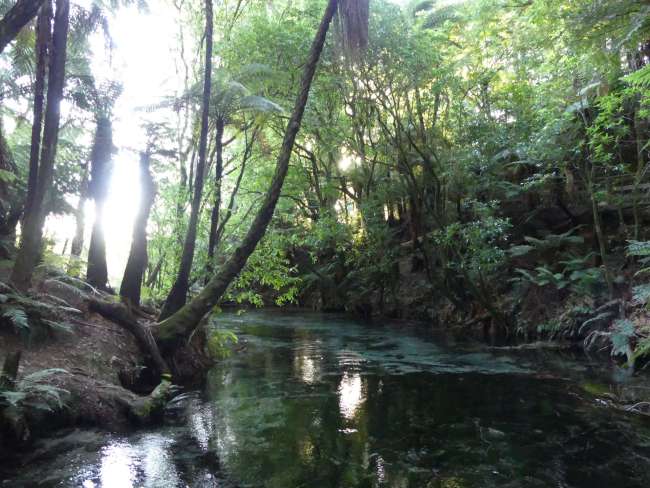
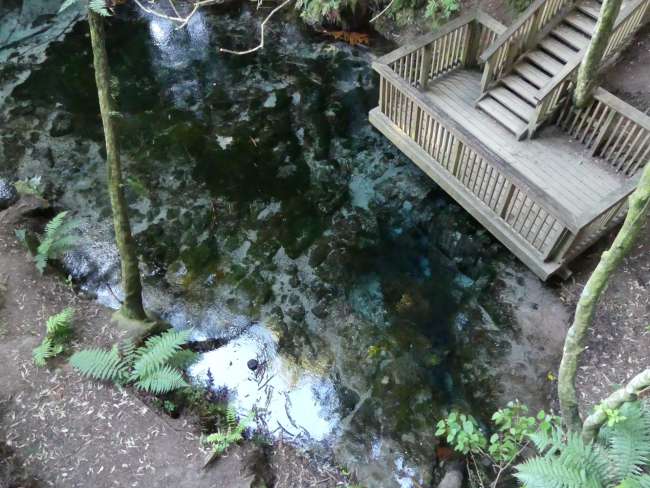
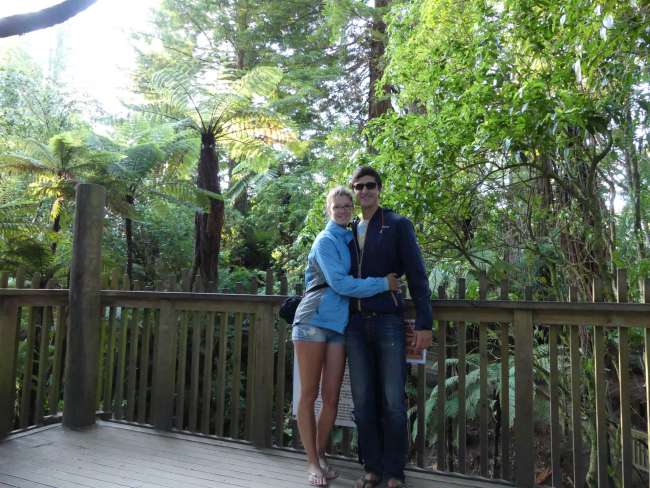
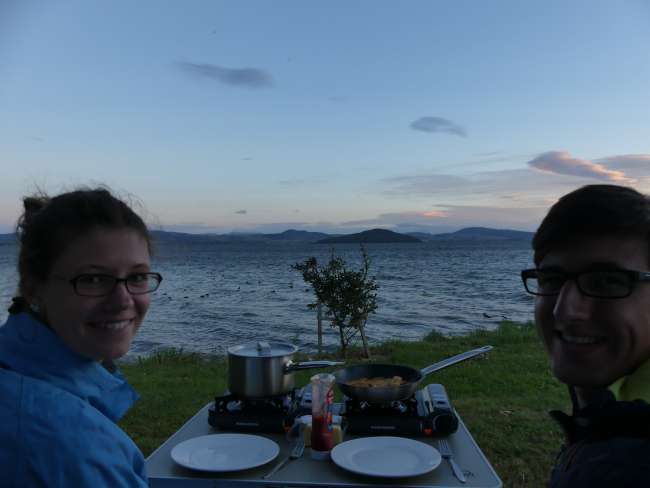
Iyandikishe mu kinyamakuru
On the morning of 09.01.17, after breakfast and checking out of the campsite, we drove straight to Tairua. The town is 23 km from Hot Water Beach and is large enough to have a mechanic, according to the nice lady at the reception. In Tairua, there was an i-site where we inquired about a mechanic. Luckily, there was one just around the corner, so we went there to ask. The lady there pumped up our old tire and then said it couldn't be repaired. Apparently, we had driven with the flat tire for too long, and now it had strange bumps that were irreparable. However, she had a suitable new tire, and after confirming with Spaceships that the insurance would cover it, she mounted it for us. In the meantime, we went shopping at the small supermarket across the street and looked for a hairdresser appointment for Andi. Unfortunately, one salon was closed on Mondays, and the other was fully booked. Well, there would be another opportunity. After half an hour, our car had a new tire, we strapped the spare tire back under the car, paid $120 for the new tire and disposal of the old one, and continued our journey.
After driving 200 km and almost 3 hours, we arrived in Rotorua. The city is located in the northern interior of the North Island and is known for its stinky sulfur holes, hot springs, and the fascinating volcanic area in the surrounding. First, we went to the Visitor Centre to get advice on all the attractions because we had many ideas from the guidebook but not enough time to visit everything. We left the Centre with many brochures and flyers but still didn't have a clear idea of what was worth visiting and what was not. However, in the car, we managed to create a rough plan, so we knew what to expect today and the next day.
Our first stop was Kuirau Park in the city. According to the Visitor Centre lady, there were some sulfur springs and mud pools that we could admire. We were curious, so we parked our car and started wandering around the park. From a distance, we could already see the steam rising from some of the hot springs, and of course, we immediately smelled the pungent odor of rotten eggs upon getting out of the car. This smell is really disgusting, and we had to get used to it. Unfortunately, you can't avoid it if you want to see the wonders in the volcanic region. And we were truly fascinated by the hot waters, bubbling mud pools, and yellow-orange deposits. We had never seen anything like it!
After a relaxing foot bath in a hot pool at Kuirau Park, we drove through the city to a Redwood forest and took a stroll there. One recommendation from the Info-lady was a walk on wooden walkways among the trees, but for us, it was not so special and too expensive.
After half an hour, we continued driving, and the next stop was a lookout point where we could see Green Lake and Blue Lake. Both lakes were formed in volcanic craters, with different soil compositions, which is why one lake had a greenish tint and the other had a bluish tint. The Green Lake is considered sacred and, therefore, cannot be used for swimming, but we spotted some boats and watersports enthusiasts in the Blue Lake.
After this quick stop, we went to Lake Tarawera and a lookout point where we could see the lake, the green hills around it, and, of course, Mount Tarawera. The Tarawera volcano erupted for the last time in 1886, killing over 100 people and significantly changing the surrounding landscape. For example, the then-tourist attraction of the White and Pink Terraces was submerged because the water level of Lake Rotomahana rose significantly. On the other hand, a new geothermal valley with mud pools and steaming sulfur lakes was created, which is now considered a tourist attraction. I find it quite interesting!
By now, it was late afternoon, and we headed to our last destination of the day, which was the Hamurana Springs on the northern shore of Lake Rotorua. There was also a free camping spot where we wanted to spend the night. The walk to the springs was not very long and led through a beautiful landscape. The water bubbling out of the springs and flowing into a stream that reached the lake was crystal clear and immediately reminded us of the warm spring water in Mataranka in the Northern Territory. Except that the water here was quite cold! The first spring we came across was the Dancing Sands Spring, which was quite small but no less fascinating. I had never been so close to the source of a stream where the water simply bubbled out of the ground. But even more fascinating was the Hangarua Spring, which is 15m deep and makes you feel dizzy when looking into it. It's strange to think that water is just gushing out of the ground at this point, water that has flowed through the earth's interior for decades, according to the information board. Many people apparently throw coins into the depths, and a few years ago, divers cleaned up and found over 5000 coins. Madness!
The way back to the car took us through an idyllic Redwood forest and finally over a bridge with a lot of swans and ducks in the water. When we reached the car, we cooked our dinner and enjoyed it with a view of the lake. Unfortunately, it was quite windy and therefore cold, despite the day being warm. So we soon crawled into bed, and the next morning, the wind was gone, and it was going to be another beautiful day.
Iyandikishe mu kinyamakuru
Igisubizo

Raporo yingendo Nouvelle-Zélande

